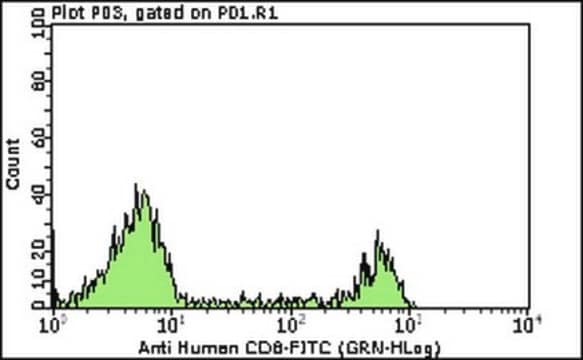PZ0114
PD-166866
≥98% (HPLC)
Synonim(y):
1-[2-Amino-6-(3,5-dimethoxyphenyl)-pyrido[2,3-d]pyrimidin-7-yl]-3-tert-butyl urea
About This Item
Polecane produkty
Próba
≥98% (HPLC)
kolor
off-white to light tan
rozpuszczalność
DMSO: ≥10 mg/mL
temp. przechowywania
2-8°C
ciąg SMILES
COc1cc(OC)cc(c1)-c2cc3cnc(N)nc3nc2NC(=O)NC(C)(C)C
InChI
1S/C20H24N6O3/c1-20(2,3)26-19(27)25-17-15(8-12-10-22-18(21)24-16(12)23-17)11-6-13(28-4)9-14(7-11)29-5/h6-10H,1-5H3,(H4,21,22,23,24,25,26,27)
Klucz InChI
NHJSWORVNIOXIT-UHFFFAOYSA-N
Działania biochem./fizjol.
Cechy i korzyści
Kod klasy składowania
11 - Combustible Solids
Klasa zagrożenia wodnego (WGK)
WGK 1
Temperatura zapłonu (°F)
Not applicable
Temperatura zapłonu (°C)
Not applicable
Certyfikaty analizy (CoA)
Poszukaj Certyfikaty analizy (CoA), wpisując numer partii/serii produktów. Numery serii i partii można znaleźć na etykiecie produktu po słowach „seria” lub „partia”.
Masz już ten produkt?
Dokumenty związane z niedawno zakupionymi produktami zostały zamieszczone w Bibliotece dokumentów.
Klienci oglądali również te produkty
Produkty
Discover Bioactive Small Molecules for Kinase Phosphatase Biology
Nasz zespół naukowców ma doświadczenie we wszystkich obszarach badań, w tym w naukach przyrodniczych, materiałoznawstwie, syntezie chemicznej, chromatografii, analityce i wielu innych dziedzinach.
Skontaktuj się z zespołem ds. pomocy technicznej













